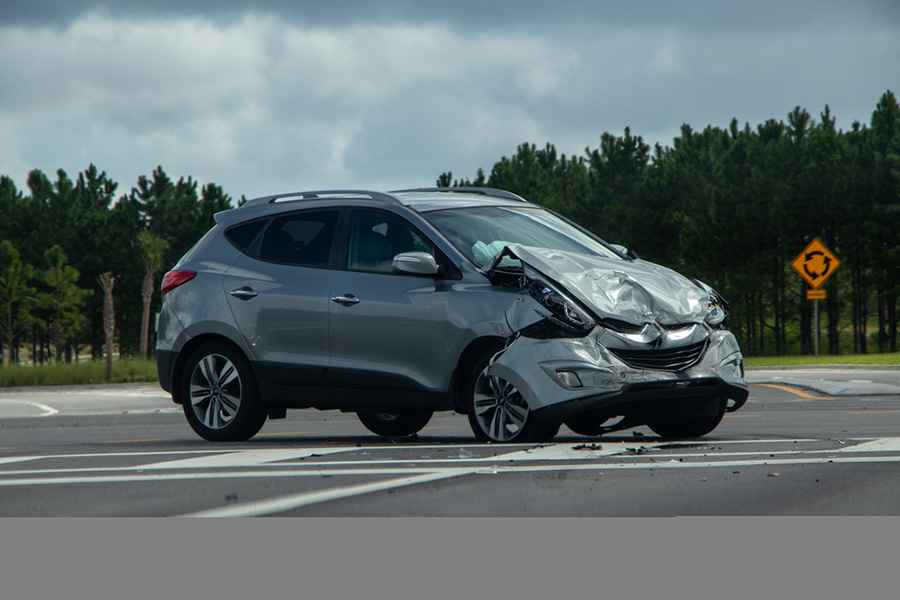Measures You Can Take to Lower the Risk of Accidents on Dangerous Roads
Driving is something most of us do every day without giving it much thought. However, the reality is that not all roads are created equal. Some stretches of highway and urban intersections are simply more dangerous than others because of poor design, heavy traffic, or a history of crashes. The good news? You have more control than you think when it comes to protecting yourself behind the wheel.

Florida's west coast is home to some of the state's fastest-growing cities, and with that growth comes increased traffic and road stress. Among these, Tampa stands out for its vibrant downtown, popular beaches, and busy expressways that see thousands of vehicles each day.
Take, for instance, the most dangerous roads in Tampa. With fast-growing populations and traffic volumes rising every year, these roads have become known hotspots for serious accidents. Whether you're a daily commuter or someone just passing through, knowing where these problem areas are—and how to navigate them—can make all the difference.
So, what can you do about it? Below, we'll walk through practical, actionable measures you can take to reduce your risk of becoming another statistic, no matter where you're driving.
1. Understand the Road's Reputation Before You Drive
One of the most overlooked safety tools is research. Before heading into unfamiliar territory—or even your regular commute—take a moment to look up local traffic reports and accident data. If you're regularly passing through high-risk intersections, plan alternate routes or build in extra time to allow for slower, more cautious driving. Apps like Waze or Google Maps can also alert you to sudden hazards or heavy congestion.
2. Eliminate Distractions Entirely
We've all heard the phrase "Don't text and drive," but distracted driving goes far beyond texting. Eating, adjusting the GPS, changing playlists, or even zoning out mentally can be enough to cost you critical reaction time. On roads already known for their risk, these minor distractions turn into significant dangers. The safest choice is to commit to a distraction-free drive every time you get behind the wheel.
3. Adjust Your Driving to the Road Conditions
Dangerous roads often have patterns: maybe they flood easily, have blind curves, or suffer from poor lighting. Once you understand a road's quirks, you can proactively adjust your speed, lane choice, or following distance. For example, if you know an inevitable exit is notorious for last-minute merges, stay alert and avoid riding in the adjacent lane unless necessary.
4. Keep Your Vehicle in Top Condition
This might sound basic, but maintaining your car—especially brakes, tires, lights, and steering—can make a life-saving difference. Dangerous roads demand fast response times and sharp control. If your tires are bald or your brakes are spongy, you're not giving yourself the tools to react quickly or safely. A well-maintained car isn't a luxury—it's your frontline defense.
5. Stay Calm and Aware—Even When Others Aren't
Aggressive or impatient drivers are often the most significant hazards on risky roads. If someone's tailgating, speeding past, or weaving between lanes, don't engage. Let them go. Maintaining your focus and keeping a safe distance is the best course of action. Even when you're in a rush, giving in to road rage or matching someone else's recklessness is never worth it.
Final Thoughts
You may not be able to control the condition of every road or the behavior of other drivers, but you can control how you respond to those challenges. Staying informed, cautious, and focused gives you a real advantage, especially on roads with a history of trouble.
While we can't eliminate every danger out there, these small, deliberate choices can go a long way toward keeping you—and everyone else on the road—safe.
Image credit: Depositphotos